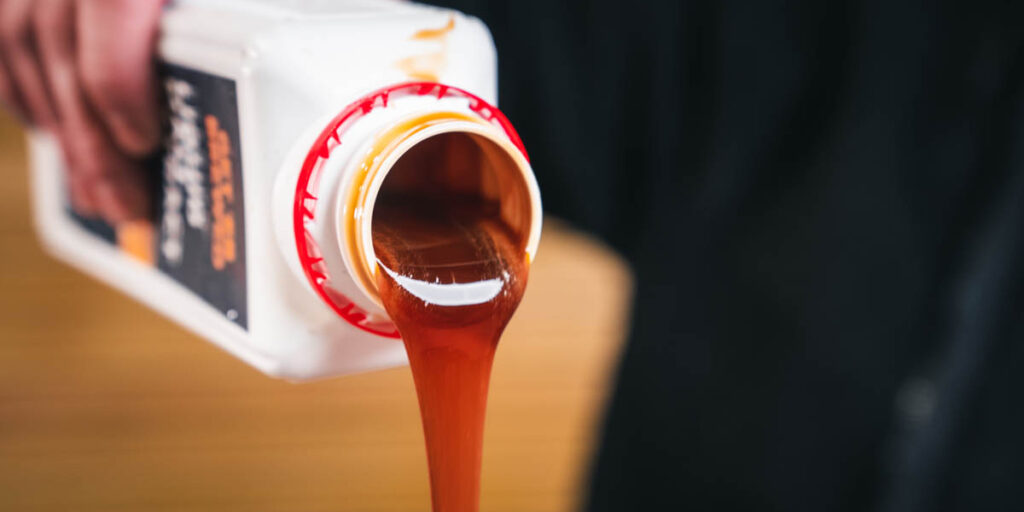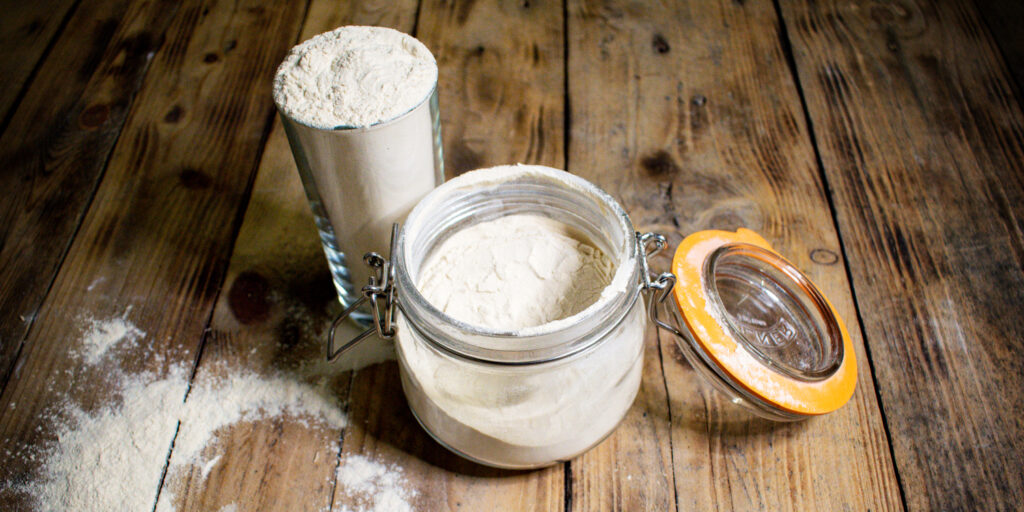Malt Extract for brewing beer, The Battle of the Malt Extracts: Liquid vs Dry
When it comes to brewing beer, Malt Extracts are an essential ingredient. But what type of malt extract should you use? The debate between liquid and dry malt extract has been going on for years among homebrewers and professional brewers. In this blog post, we’ll explore the differences between liquid malt extract and dry malt extract and their advantages and disadvantages in the brewing process. Read on to determine which malt extract is best for your beer-making needs.
Overview
Malt extract is often given a bad reputation, but it can be used to make award-winning beers. Some of the stigmas may come from the fact that it is the standard entry-level brewing process, and amateur brewing processes or old malt extract can lead to sub-par beer. Grain brewers use extracts for starter wort to hit an undershot gravity or compensate for fermentable in a high gravity batch. Extracts are also often used in combination with speciality grains and adjuncts.
Liquid Malt Extract (LME) and Dry Malt Extract (DME) are the two types of malt extracts used in beer brewing. It is important to remember that any extract needs to be fresh and stored properly to make great beer. LME is generally cheaper than DME and has a higher water content which some brewers prefer. On the other hand, DME is more concentrated and contains less water. This makes it easier to measure and store; you can use less of it than LME. Ultimately, it’s up to the brewer to decide which type of extract best suits their needs.

Liquid Malt Extract
Geterbrewed offers a wide range of liquid malt extracts to make brewing easier for commercial brewers. Liquid malt extract is produced by the aqueous extraction of sugars from malted barley. This extract is easy to use and makes up much of the wort used in commercial brewing.
Geterbrewed liquid malt extracts provide a carefully balanced formulation of essential brewing sugars. They also include all the necessary enzymes to break down the malt starches into fermentable sugars. In addition, Geterbrewed offers liquid malt extracts made using selected coloured malts, which can add colour and flavour to beer.
Liquid malt extract is more prone to oxidation than dry malt extract. This can lead to off-flavours in beer if it is not stored and handled correctly. However, when used properly, liquid malt extract can provide brewers with an efficient and reliable source of fermentable sugars.
Dry Malt Extract
Dried Malt Extract (DME) is a concentrated form of wort from which nearly all moisture has been removed. It is produced like instant coffee by drying the wort at high temperatures and pressure. Because hop compounds would not survive this drying process, DME is never hop-flavoured. To make beer wort from DME, the powdered extract needs to be mixed with water to rehydrate it. The ratio of DME to water depends on the desired wort gravity. Once reconstituted, the DME solution can be boiled, hopped, cooled, and fermented like regular wort made from liquid malt extract.

Which is better?
There is no clear-cut answer when choosing between dry malt extract (DME) and liquid malt extract (LME). Both have advantages and disadvantages that must be considered when brewing beer.
When it comes to dry malt extract, one of the main advantages is that it is generally more affordable than LME, which makes it a great choice for brewers on a budget. It also has a longer shelf life, meaning you can store it for months without worrying about it going bad. On the other hand, DME can be more difficult to use since it can form clumps or cakes in the bottom of your brew kettle, and its high sugar content can contribute to a darker-coloured beer.
Meanwhile, liquid malt extract offers some distinct advantages over DME. For starters, it has a lower sugar content, which can help produce a lighter-coloured beer. It also tends to be much easier to work with since it is already pre-dissolved in water and is ready to use right out of the can. The main downside to LME is that it can be more expensive than DME and has a shorter shelf life.
It’s important to note that both types of malt extract can be used interchangeably in a single recipe, so you don’t have to commit to one type. Ultimately, there is no discernible difference in taste between DME and LME, so it comes down to personal preference and cost considerations.